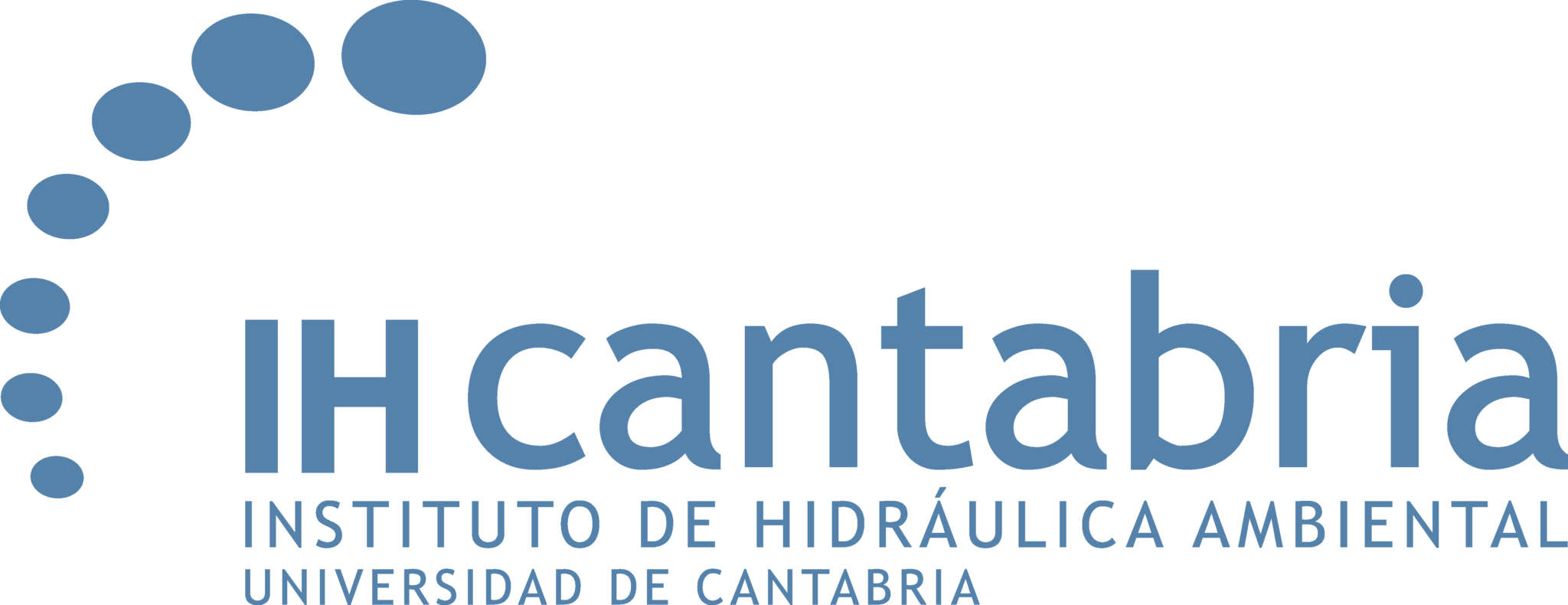NEWS
ARES, an IHCantabria project to raise awareness of plastic waste pollution in estuaries
The results of this project will provide new knowledge on the transport and dispersion of plastics in estuarine areas, which will enhance the scientific scope of the IH-TESEO model developed by IHCantabria and its accuracy in assessing the retention of macroplastics in the most significant estuaries of Cantabria.
Research staff of the Environmental Hydraulics Institute of the University of Cantabria (IHCantabria) is developing an ambitious project that aims to study the physical processes of trapping and dispersion of different types of plastics (meso and macro) in estuaries, in order to understand their behavior in estuarine zones and their influence on global aquatic pollution.
This project is titled “Analysisof the Effect of Vegetation Entrapment on the Transport and Dispersion of Plastic Debrisin Estuaries(ARES) and is funded by the Complementary Plan for R+D+i in Marine Sciences, or ThinkInAzul. Its principal investigators (PI) are Andrés García Gómez and Ana Julia Abascal Santillana, from the Oceanography, Estuaries and Water Quality Group.
From a socioeconomic standpoint, the results of this project will have a significant impact on the prevention and mitigation of plastic pollution, which would be consistent with the Sustainable Development Goals (SDGs) of the 2030 Agenda, specifically with the SDG 14 (Undersea Life) and the SDG 6 (Clean Water and Sanitation).
Due to the effects generated by the presence of plastic waste in the aquatic environment, this has been considered a problem of global importance, comparable to other challenges, such as climate change and biodiversity loss. According to previous studies, approximately 80% of the plastic in the oceans comes from land-based sources, mainly through runoff, watercourses and sanitation and drainage; therefore, globally, estuaries have been identified as key points in the evolution of plastics. However, most studies on the subject have focused on the transport and accumulation of plastics in marine waters, but have not comprehensively addressed their presence in estuaries, nor the impact on their vegetation.
The ARES project addresses this problem by applying a comprehensive methodology that combines physical tests in the laboratory, numerical modeling and field experimentation. For this purpose, we plan to work with three plant communities characteristic of the intertidal, such as the spartina, sea berdolaga and reed, to analyze the processes of trapping and dispersion of plastics.
The research team is focusing on the development of an advanced numerical model to represent the evolution of plastics in estuaries, which will be a fundamental tool to properly manage plastic pollution in these ecosystems. The results of this process will be integrated into the TESEO model, which will contribute to improving the competitiveness and visibility of scientific-technological developments in the fight against plastic pollution. Therefore, with the ARES project, several data, models and methodologies previously developed by IHCantabria will be highlighted.
The results of the project are expected to generate new knowledge on the role of estuaries and estuarine vegetation in the transport, dispersal and trapping of plastics. Its results are expected to be published in three scientific articles and in a doctoral thesis.
This project represents an important step towards the understanding and proper management of plastic pollution in estuaries and its impact could transcend worldwide, due to its great contribution to the conservation of aquatic ecosystems. This project is developed within the framework of the IHCantabria Marine Sciences Programme.





